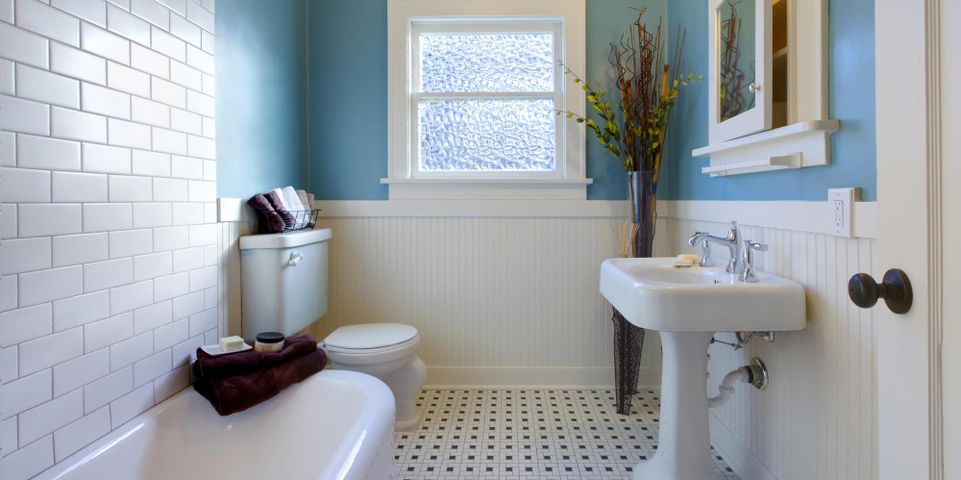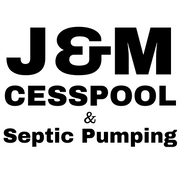FAQs About Septic Tanks

For homes without connection to the city or municipal sewage, their alternative for waste disposal is the septic system. For an onsite sewage treatment facility, the septic tank is one of its essential parts. Keeping it in working condition requires professional septic services and regular upkeep. Below, find commonly asked questions about these plumbing systems.
Frequently Asked Questions About Septic Tanks
What is a septic tank?
 A septic tank is where all the wastes from your drains collect first. Its size depends on how much wastewater your household will generate over time. Ask your septic service provider to recommend the holding capacity based on your usage and occupants. Its placement is also a key consideration to ensure efficient performance and long service life. Terrain, soil characteristics, and land design are some of the factors that professionals will consider first before installing.
A septic tank is where all the wastes from your drains collect first. Its size depends on how much wastewater your household will generate over time. Ask your septic service provider to recommend the holding capacity based on your usage and occupants. Its placement is also a key consideration to ensure efficient performance and long service life. Terrain, soil characteristics, and land design are some of the factors that professionals will consider first before installing.
How does it work?
Some septic tanks can have one or two compartments. However, all of them have two pipes, the inlet and outlet baffles. Wastewater from toilets, sinks, tubs, and washing machines enter the tank via the inlet baffle connected to the main drain pipe.
Once inside, the waste separates according to matter. Solids sink to the bottom as sludge, fat, and grease float to the top to form scum. This contaminated water remains in the middle. Anaerobic and aerobic bacteria in the tank break down solid wastes into a liquid, which exits through the outlet baffle and onto the drain field for further decomposition and absorption.
How long do septic tanks last?
The average lifespan of septic tanks ranges from 15 to 40 years, depending on the material used and their routine maintenance. Among the materials, concrete and fiberglass outlast steel and plastic since they’re less susceptible to corrosion, degradation, and cracking. Sometimes, plastic tanks get damaged during installation or can float when improperly secured.
How do you maintain it?
One way to ensure that your septic tank will last longer than expected is to schedule septic services regularly. It requires professional annual inspection and periodic emptying through pumping or cleaning every two to three years. However, the interval can vary depending on its size. Refrain from throwing non-biodegradable items down the drains. Some materials, such as sanitary products, clog up the pipes while toxic chemicals and drugs imbalance the bacteria levels in the tank. This will slow down the decomposition process. Avoid building structures or parking areas above the septic tank to prevent it from failing prematurely.
For exceptional septic services on your tank, trust the professionals at J&M Cesspool and Septic Pumping Services in Kaneohe, HI. Since 2000, they’ve provided Oahu residents with a range of services, including septic pumping, inspections, maintenance, and drain cleaning. Call (808) 753-1411 for a free estimate and view their services on their website.
About the Business
Have a question? Ask the experts!
Send your question

